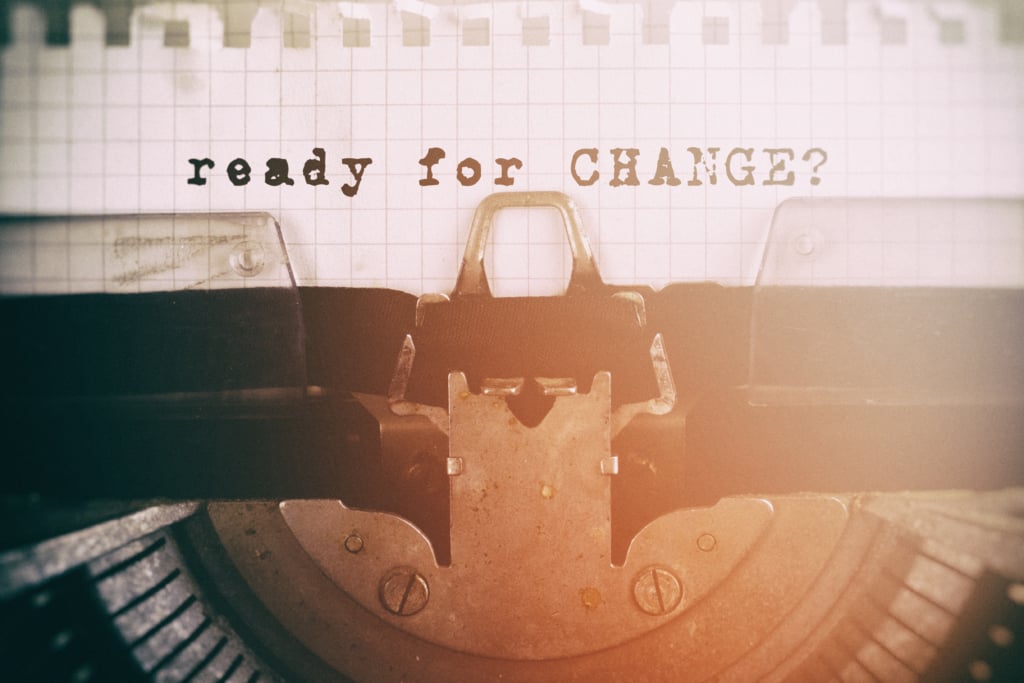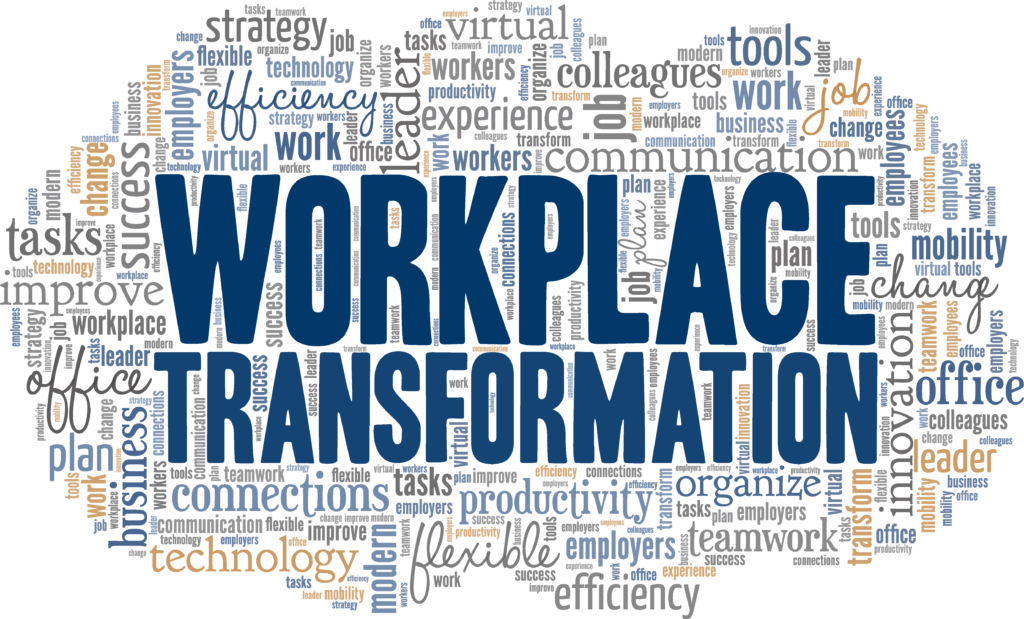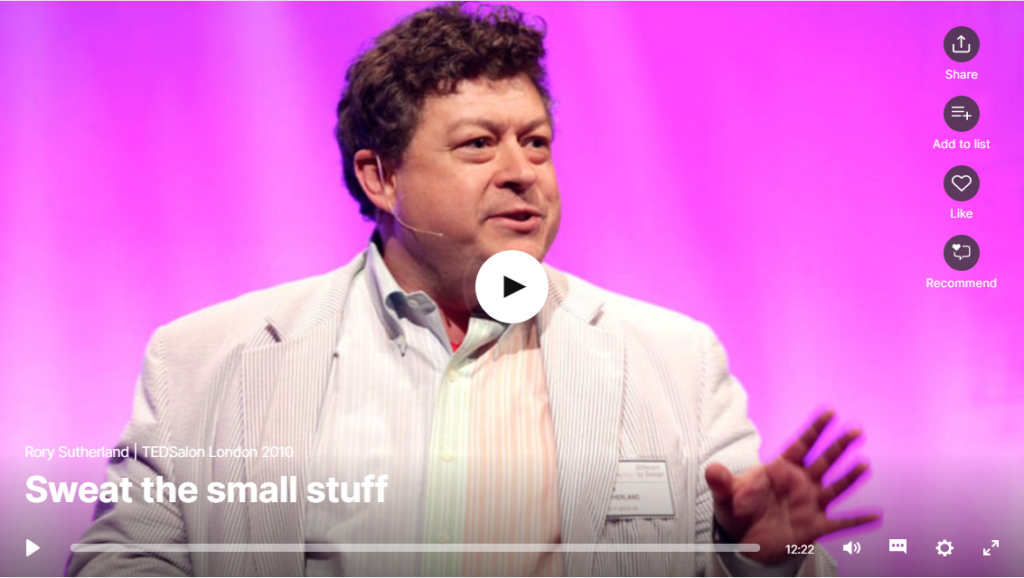A New Years’ Eve She’ll Never Forget
It’s the 31st of December 2019 and everyone is getting ready to celebrate the new year. Everyone that is except Anne who is preparing mentally for the Nightshift ahead. It’s her last as a midwife in delivery suite and she can feel the usual sense of dread coursing through her system. What will she face this evening?
Despite that feeling she could never have imagined what lay ahead.
It was a brutal 17 hours straight with no breaks, no food, no water and literally minutes to take a toilet break once during the night. At least not drinking water helped on that last point!
3 back-to-back birth emergencies, all high adrenaline and each requiring her to scrub in. As if that wasn’t enough the senior midwife on duty that night was constantly on her back, pushing, pushing, nit-picking, and frankly, horrible. Clearly in a bad mood herself…and it showed!
The senior midwife had already gone by the time Anne eventually left, no thank you or even acknowledgement of Anne’s great work. Fortunately the ladies giving birth were very appreciative and singing her praises, she could take some comfort from that at least.
Anne finally crawled into bed at 11am on New Years’ day, completely broken and so glad she was out of there.
A week later she was having lunch with her friend Sarah and recounted her horrendous last night. Sarah joked, “did they forget the cake as well”? Fortunately Anne’s sense of humour had returned by then so they both chuckled at the craziness.
Then Sarah asked her, “so what if that senior midwife had been supportive and acknowledged all the effort, even a thank you?”, Anne was taken aback and reflected for a minute, “you have no idea how much difference that would have made. It would have completely changed my experience of that whole night, just feeling supported”
…and there it was…
The Human Cost of Toxicity
The psychological toll of such environments cannot be overstated. Neuroscience tells us that negative interactions and stress can trigger the amygdala, setting off a cascade of stress hormones like cortisol and adrenaline. This ‘fight or flight’ response, while evolutionarily beneficial, can be devastating in a modern workplace context. For Anne, the relentless pressure and criticism likely kept her in a prolonged state of stress, impairing her ability to think clearly, make decisions, and empathise with others—critical skills for a midwife.
Moreover, the absence of positive reinforcement and support can erode self-esteem and increase feelings of isolation. Psychologically, this can lead to burnout, a state of emotional, physical, and mental exhaustion caused by excessive and prolonged stress. It manifests not just in decreased productivity and cynicism towards one’s job, but also in physical symptoms such as headaches, sleep disturbances, and a weakened immune system.
The Ripple Effect on Organisational Health
Toxic behaviour in the workplace doesn’t just affect the individual; it has a ripple effect that can permeate the entire organisation. It can lead to increased absenteeism, high turnover rates, and a decline in overall morale. The cost of replacing employees, particularly in specialised roles, can be astronomical, not just in direct recruitment and training expenses but also in the loss of institutional knowledge and team cohesion.
Furthermore, in environments where teamwork is paramount, such as in healthcare, the impact on patient care can be direct and profound. A supportive team environment is essential for effective communication, collaboration, and error management. In contrast, toxic behaviours can lead to miscommunication, errors, and ultimately, compromised patient care.
The Path Forward
Leaders play a crucial role in navigating and mitigating the impact of toxic behaviour. It begins with fostering a culture of empathy, respect, and open communication. Recognising and addressing toxic behaviours promptly, offering support to those affected, and providing training on effective communication and conflict resolution are critical steps.
Moreover, incorporating psychological safety into the organisational culture, where employees feel safe to express themselves without fear of retribution, encourages a more supportive and collaborative environment. This not only enhances well-being but also drives innovation and performance.
Anne’s reflection on how a simple act of support and acknowledgment from her senior could have “completely changed [her] experience” underscores the power of positive leadership and the importance of nurturing a supportive workplace culture. It’s a poignant reminder that at the heart of every organisation are human beings, whose well-being is intrinsically linked to the health and success of the collective.
In conclusion, the story of Anne’s last night as a midwife serves as a compelling call to action for leaders across sectors. It highlights the urgent need to address toxic behaviours and cultivate environments where empathy, support, and positive reinforcement are not just encouraged but embedded in the fabric of organisational culture. The path to change is challenging but navigating it successfully can transform workplaces into spaces where individuals not only survive but thrive, unleashing their full potential for the collective good.







